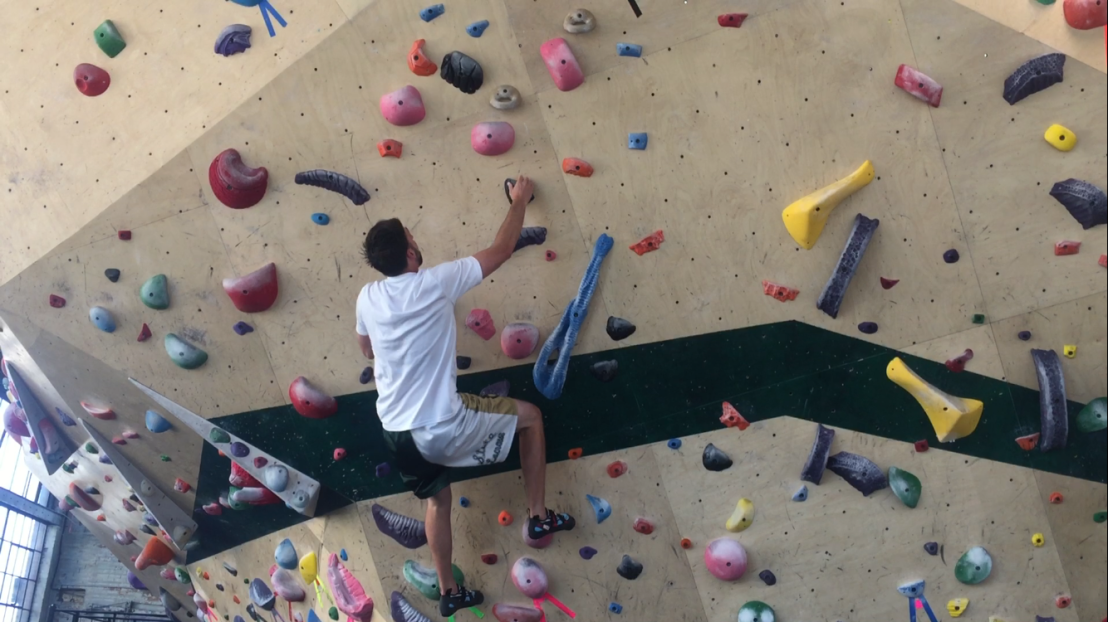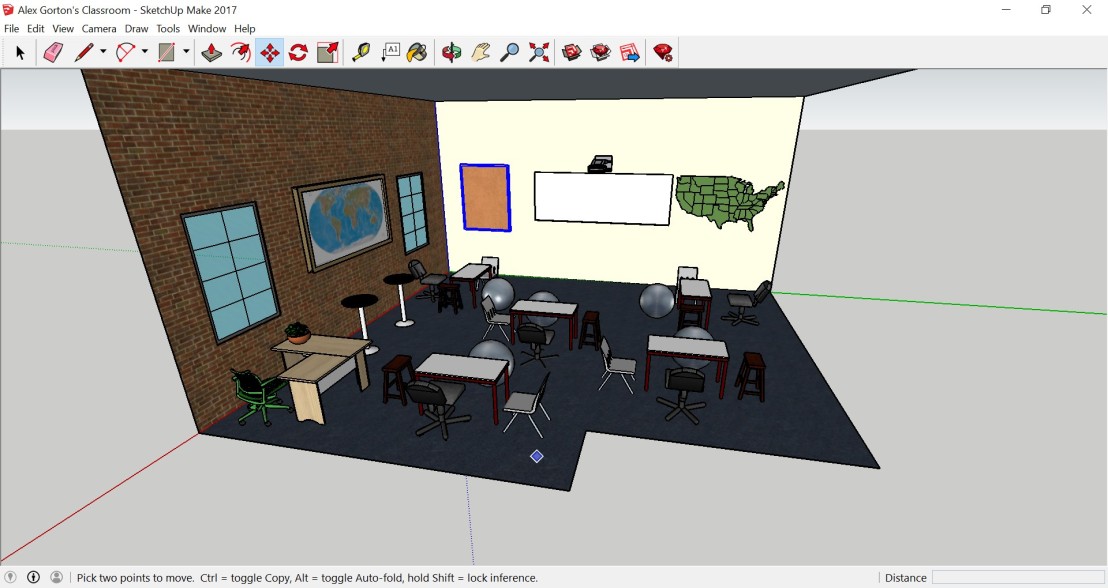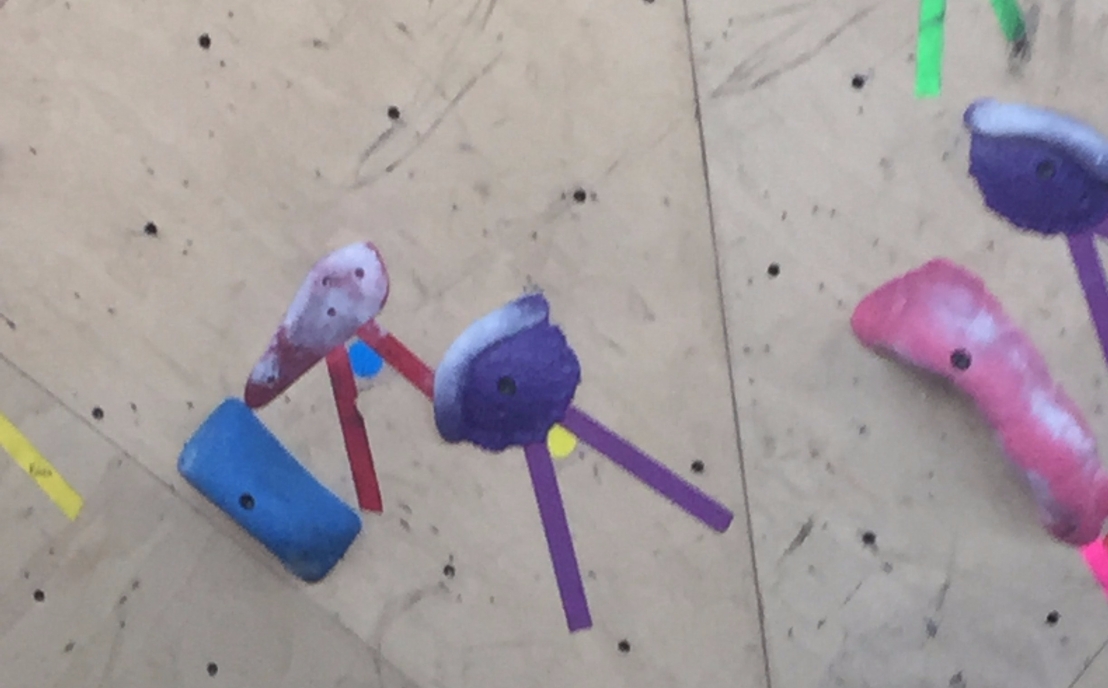The end has finally come. Here is my final update post on learning to rock climb. For those of you who need a refresher or need to catch up see post one and post two.
While my posts are over, for now, my rock climbing will continue. Rock climbing is a great sport and I really enjoyed taking the plunge to learn it. It was not nearly as scary or difficult to start as I had originally thought.

The resources I used to discuss holds and proper technique were quite helpful in improving my climbing and endurance. Recreation Equipment, Inc. (REI) was amazing in understanding the equipment I needed to get started and even where to start. The articles from REI are written by professionals and are trustworthy. For learning about different types of holds I found the Howcast and Bouldering Bobat to be most helpful. I was able to combine the theory from REI and the visuals from YouTube, to get a sense of what it would take to climb.

It felt really good to put the research into practice and the more I climbed the more focused my research became. I started with very basic questions and as I found answers, I developed more questions. I continued to use Berger’s (2016) why, what if, how questioning to learn more. Simple questions like why can’t I get up this route? Why can’t climb for more than an hour? helped me understand my problem of learning to climb. This is when I started to watch several of Howcast’s videos on bouldering tips. I looked up several other videos on bouldering for beginners and how to improve. Some of the tips included types of finger strengthing exercises and other provided general advice on how to improve.
Learning from these videos helped me understand different ways to get around the bouldering wall. I was able to learn the theory first, try it out, and then continue my research when I got back. This helped in the what if stage of questioning. What if I tried a different hold? What if I opened my hips more? I liked learning online because when I talked to people about the sport I had some knowledge to rely on. Learning online is also a safe way for me to ask questions and get expert tips right away. Bransford (2000) discusses the shift in education from remembering and repeat, to understanding and transfer of knowledge. I had to transfer my knowledge of rock climbing to the actual wall in order to reach the top.

The largest obstacle I had to overcome on this journey was endurance and protecting my body. Just like any sport, rock climbing has a wide variety of injuries. I did not encounter any major injuries but the largest was blisters on my hands. Like most people, I was not used to pulling myself up and holding on by my fingertips. Usually, after about an hour my arms were exhausted and my hands were torn up. Fortunately, taking a few days off and some minor care made my hands good as new.
This was an amazing experience and I have fallen in love with the sport. I have a long way to go before I’m scaling any master level routes but I will definitely keep climbing. Check out my video below on a brief how to rock tutorial. Thank you for following along with my journey and if you want to try something new, take the risk.
________________________________________________________________________________
References
Berger, Warren. (2016). A More Beautiful Question: The Power of Inquiry to Spark Breakthrough Ideas. New York: Bloomsbury.
Bransford, J., Brown, A.L. & Cocking, R. R. (2000), How people learn: Brain, mind, experience and school. Washington, D.C.: National Academy Press.
All pictures and video in this post were taken by Alex Gorton. Thanks to Du Bui for filming me











